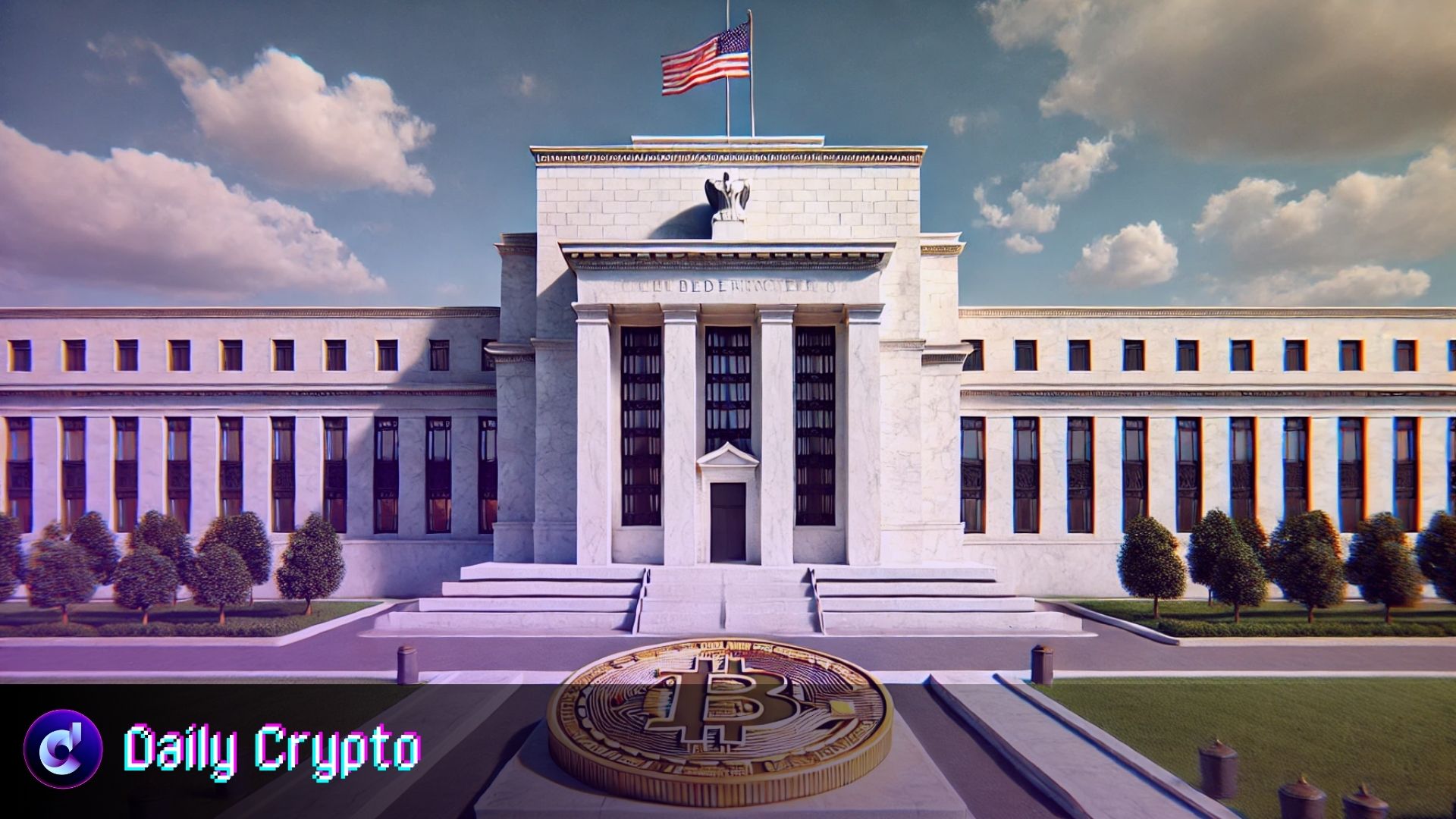
The Federal Reserve emphasizes the importance of U.S. government fiscal sustainability and outlines various financial risks in its latest report, while also discussing the current state of interest rates and inflation.
U.S. Government Fiscal Sustainability and Financial System Risks
The Federal Reserve’s semi-annual Financial Stability Report identifies U.S. government fiscal sustainability as the most significant risk to the financial system, according to a survey conducted among market contacts.
This highlights growing concerns regarding the government’s ability to maintain sustainable fiscal policies, particularly in the face of rising national debt and potential economic downturns.
The report indicates a shift in the ranking of financial risks, with persistent inflation dropping from the top position to fifth place, reflecting a broader stabilization in inflationary pressures compared to previous months.
Now, persistent inflation shares the fifth position with global trade issues, which have resurfaced as a concern after being notably absent since May 2020.
Additional risks cited in the report include ongoing tensions in the Middle East, uncertainties surrounding policy decisions, and the possibility of a recession in the U.S.
These factors contribute to an overall environment of caution among market participants, highlighting a complex interplay of domestic and international influences on financial stability.
Asset Valuation and Debt Risks
The report also addresses current conditions in asset valuations and debt levels, noting that asset valuation pressures remain elevated, even as corporate bond spreads continue to be low.
This suggests that while certain assets may be overvalued, the overall stability of corporate bonds is maintained.
In terms of debt, the report categorizes business and household debt risks as “moderate,” indicating that while there are some concerns regarding the levels of debt in these sectors, they are not currently perceived as critical threats to the financial system.
The moderate risk classification reflects a balance between growth in debt levels and the capacity of businesses and households to manage these obligations.
However, liquidity conditions in the Treasury cash market are reported to be under pressure, which could exacerbate market shocks.
This indicates that while the overall financial system may be stable, pockets of vulnerability exist that could be triggered by sudden changes in market conditions.
Labor Market and Interest Rate Outlook
Fed official Goolsbee provided insights into the monetary policy landscape, suggesting that it may be prudent to slow the pace of interest rate cuts as the central bank approaches a more sustainable rate environment.
He indicated that over the next year, interest rates are likely to settle at a significantly lower level than current rates, reflecting a shift towards more accommodative monetary policy.
Goolsbee remarked on the trajectory of inflation, stating, “Inflation is on its way down to 2%,” signaling a positive outlook for price stability.
He also pointed out that the labor market appears to be stabilizing around full employment levels, noting, “I’ve gotten more comfort from the fact that we’re not crashing through full employment.”
This perspective underscores the Fed’s focus on maintaining equilibrium in the labor market, which is crucial for sustainable economic growth.
The official added that the neutral interest rate—a rate at which monetary policy neither stimulates nor restricts economic growth—remains significantly lower than current rates.
This suggests that there is room for further easing of monetary policy without risking overheating the economy.
In this context, the interplay between fiscal policies, inflation trends, and monetary policy adjustments will be crucial for navigating the evolving economic landscape.
As the Fed continues to monitor these factors, it remains committed to fostering financial stability while addressing the various risks identified in its reports.
This assessment aligns with the current discussions surrounding the economic outlook, reflecting a broader concern about fiscal sustainability and its implications for the financial system.
The interconnectedness of these elements underscores the importance of careful and measured policy responses as the U.S. economy continues to adapt to changing conditions.
Disclaimer: All information provided on this website is for informational purposes only and should not be construed as financial or investment advice. We do not guarantee the accuracy, completeness, or timeliness of the information, and we are not responsible for any financial decisions you may make based on this information. Cryptocurrencies are highly volatile assets, and any investment in them carries a high level of risk.
More Like This

US Manufacturing PMI Rises to 49.7 in November

PCE Inflation Comes In-Line With Expectations
*AI technology may have been used to develop this story and publish it as quickly as possible.

